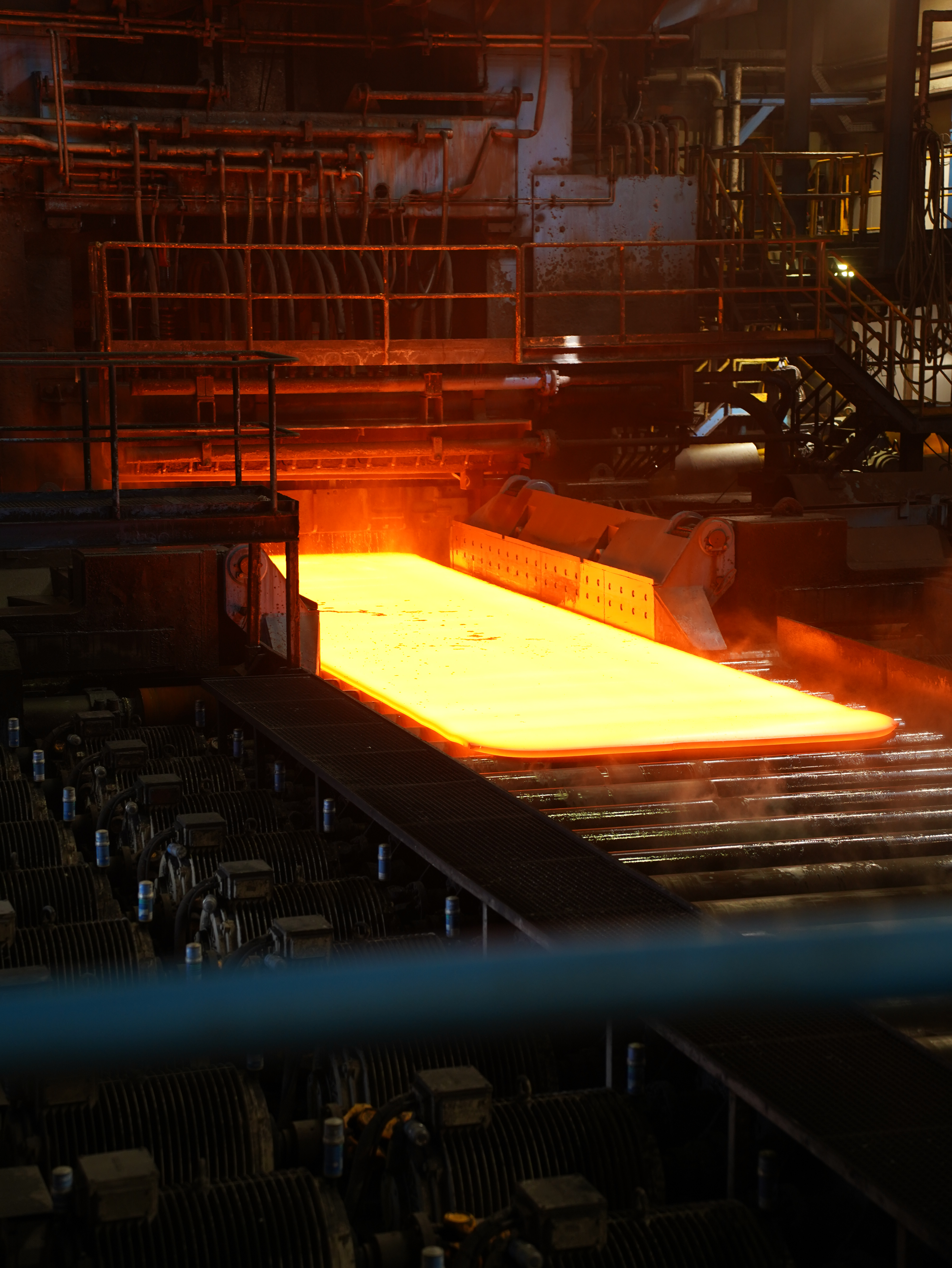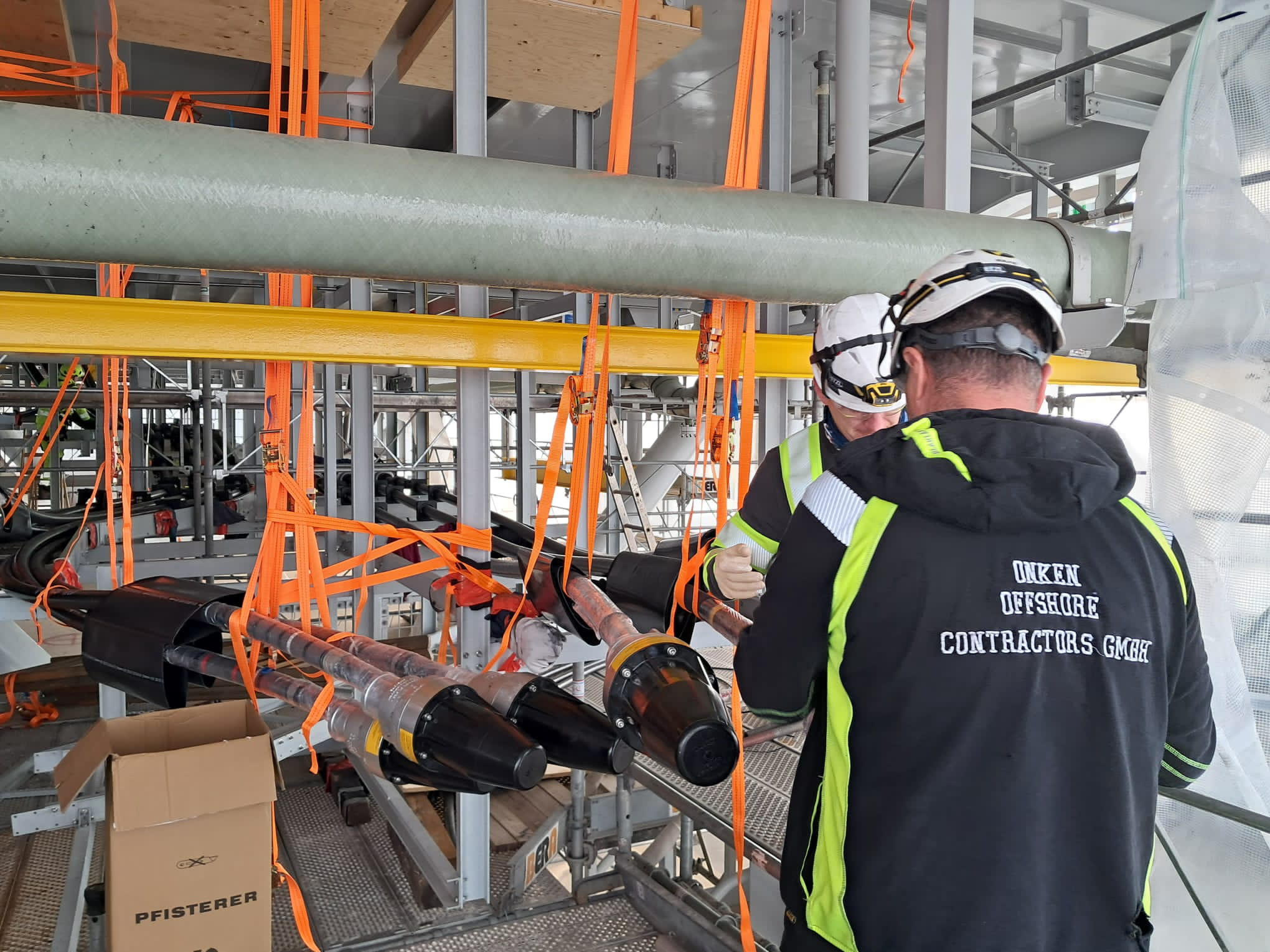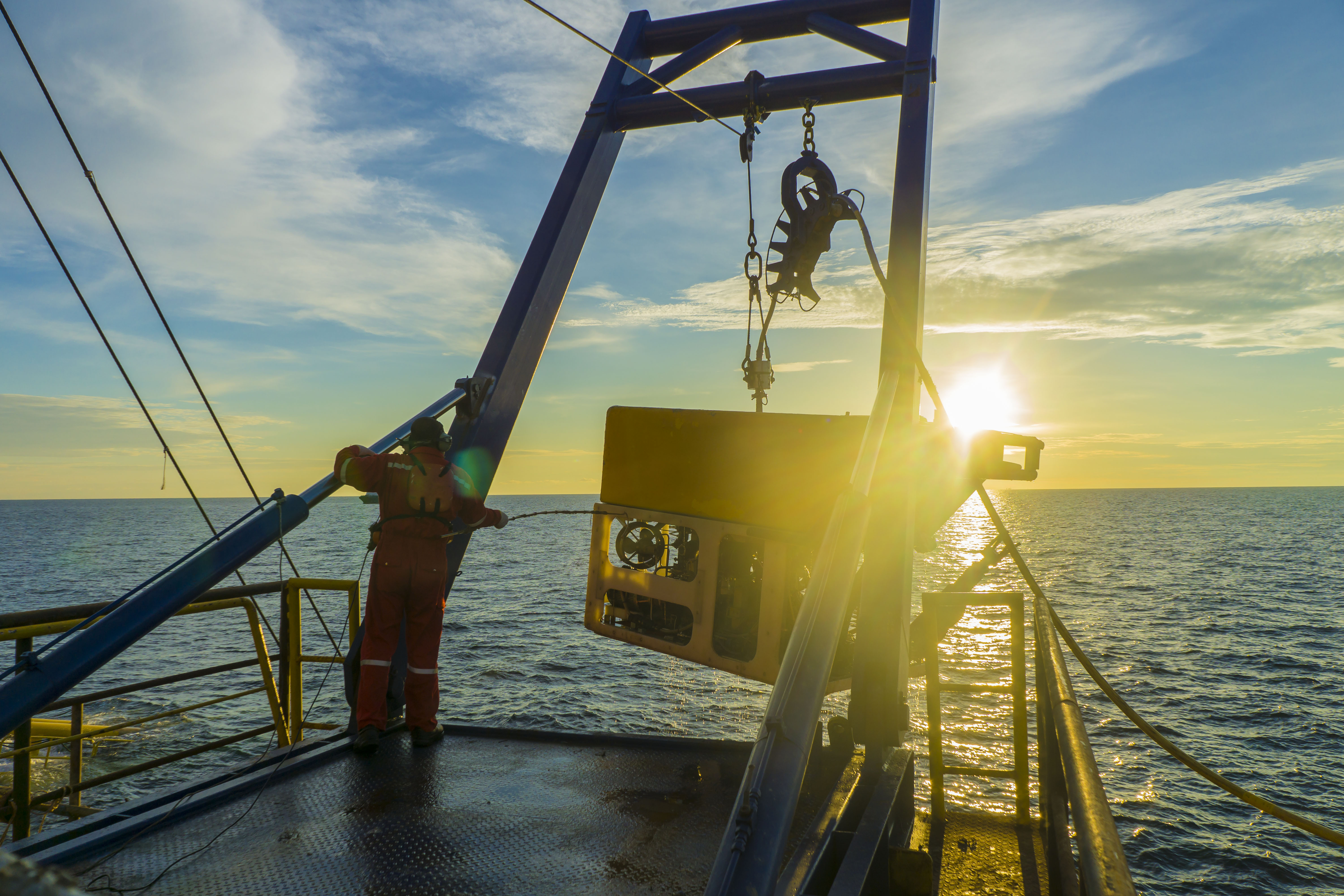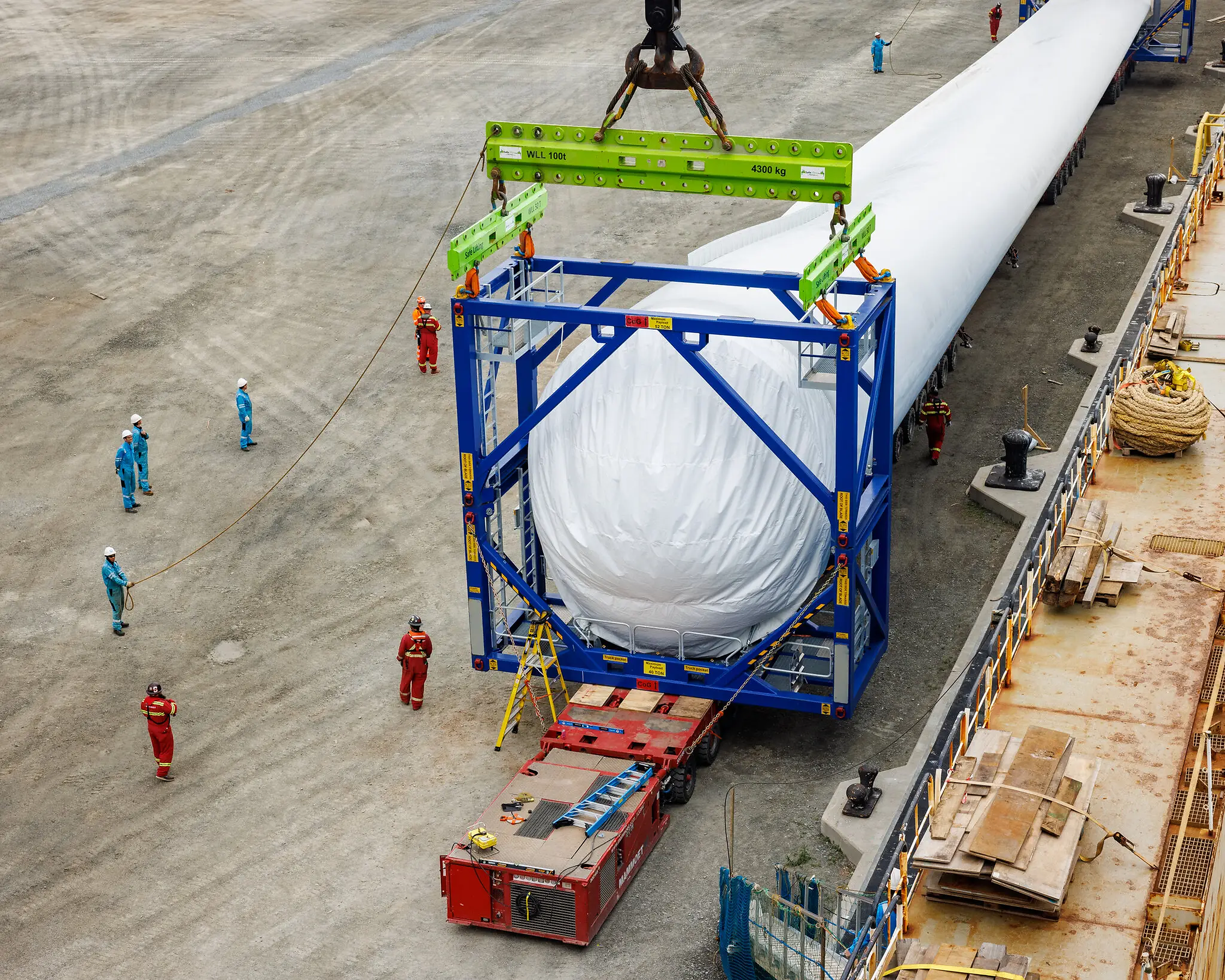Exclusive Articles
Built to adapt: reshaping offshore wind with flexible, scalable generator technology
Published in: Wind, Exclusive Articles, PES Spotlight
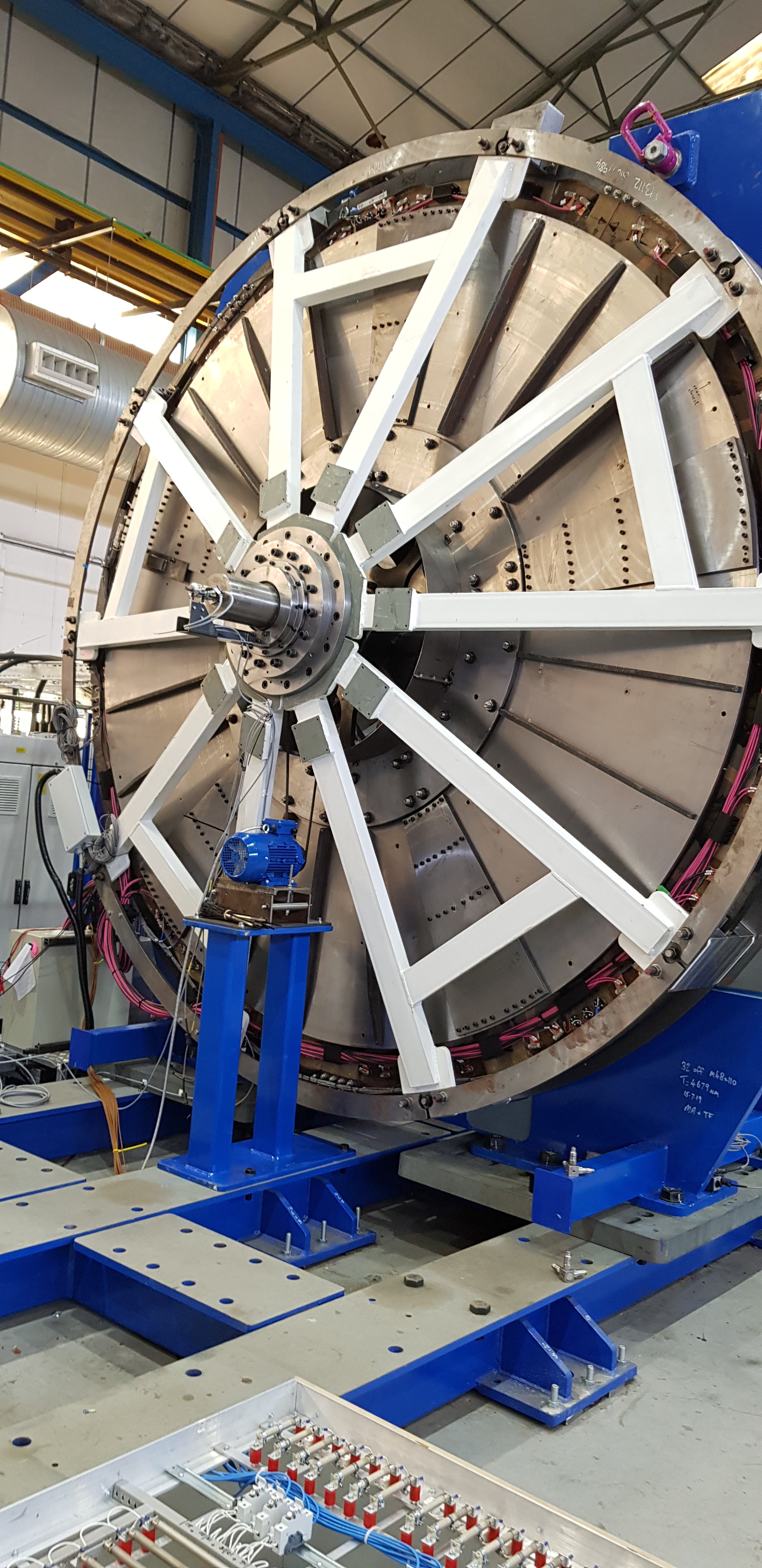
Offshore wind has become a cornerstone of global net zero ambitions. With over 250 GW of capacity targeted for deployment by 2030 and individual turbines now reaching 20 MW or more, the industry is advancing at scale and unprecedented pace. Yet the fundamental drivetrain technologies powering these machines have remained largely unchanged for nearly two decades.
As turbines grow larger and supply chain complexity increases, the need for more flexible, scalable and regionally adaptable generator technology has never been clearer.
GreenSpur is responding to this challenge. Rather than refining the status quo, it has developed a fundamentally new approach to generator design. At the heart of the technology is a magnet-agnostic axial flux architecture, scalable across a wide range of applications and engineered to suit varying supply chains, material constraints and OEM strategies.
For manufacturers and developers seeking new pathways to efficiency, system integration and resilience, this solution offers something rare: flexibility without compromise.
Reframing the generator challenge
Most utility-scale turbines today rely on radial flux permanent magnet generators, a design choice driven by the efficiency and torque density of neodymium-based magnets. While effective, these machines tend to be large, heavy and tightly bound to global rare earth supply chains. Price volatility, environmental concerns and geopolitical risk have made this reliance not only commercially risky but strategically unviable in some markets.



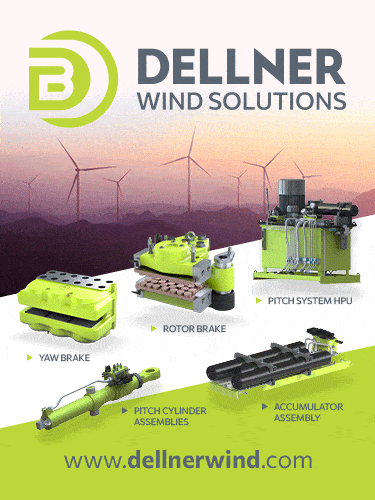
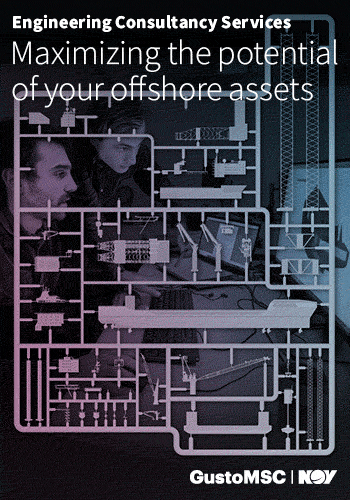
.gif)

